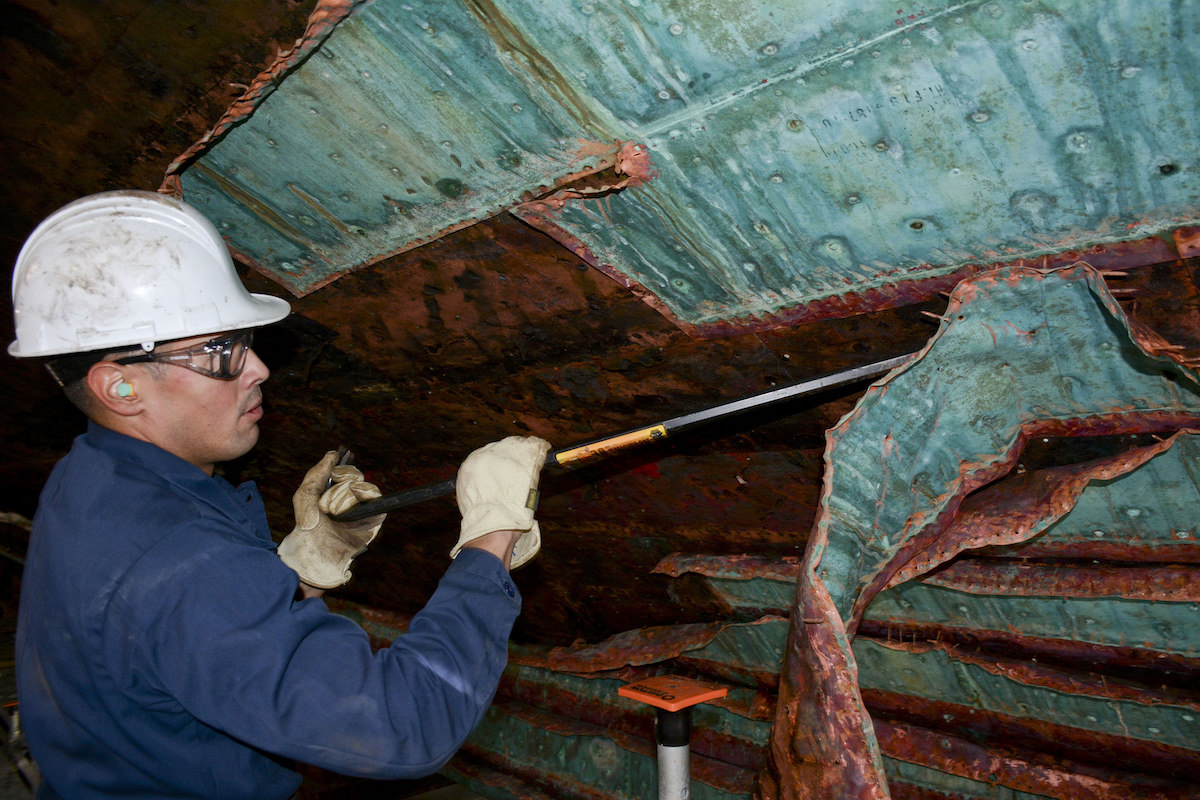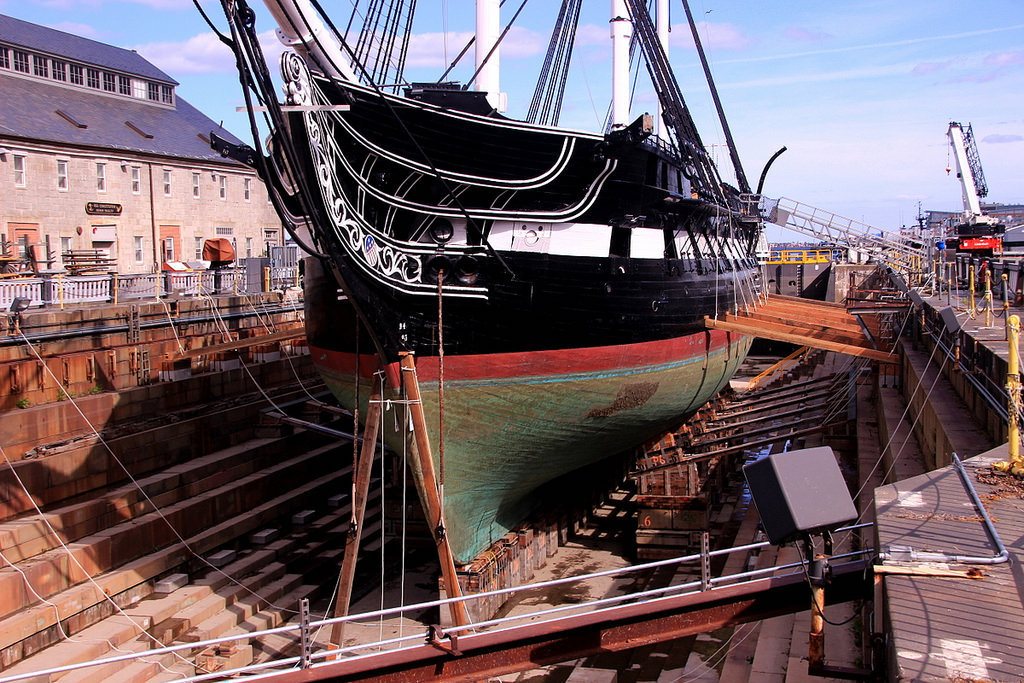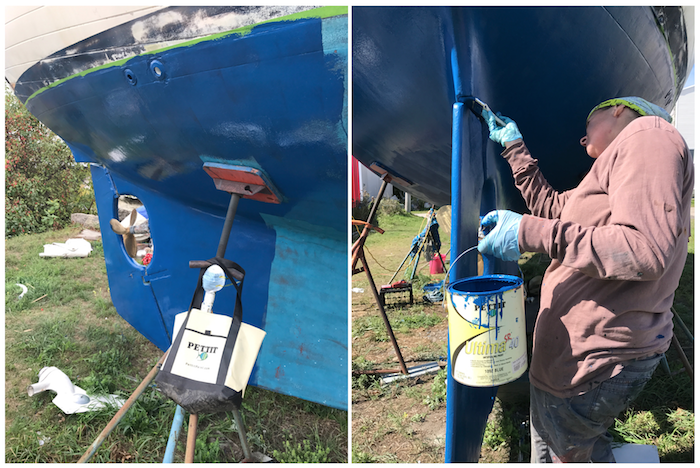If you’ve ever had to repaint your boat, chances are you’ve reached for a can, or several, of Pettit Paint. And this would be due to the fact that Pettit’s reputation in the marine industry is firmly set as one of the world’s leading producers of high performance, American made, marine coatings. With their range of products including Antifouling, Topside and Transducer paints, Primers, Thinners, Varnishes, Speed Coatings, Epoxies and Underwater Metal paints, and not to mention an enormous range of color options, it’s very likely that your boat is already enjoying the benefits of Pettit’s experience in marine paint production - experience which reaches back almost 100 years to the days when paint had to be ‘handled’ by the user before it could be applied to the boat.
Pettit’s origins are strongly intertwined with the Gardiner McInnes Company from Salem, MA, the company which in 1861 was developing the famous “Old Salem” antifouling paint range. The original Old Salem was produced as a lump of plastic material that had to be heated, melted, and then mixed to a workable consistency. As technology caught up with the demands of the boating world marine paints continued to evolve, and in 1921, Gardiner McInnes Company successfully registered a patent for “Old Salem” ready-mixed paints, varnishes, and paint enamels - the industry had come a long way since the days of copper cladding boats’ hulls to reduce fouling.
Pettit "Jersey City" Copper Paint 1923.
Meanwhile, a decision to establish his own range of paints led a chemist, by the name of John L Pettit, to set up the Pettit Paint Company in Jersey City, NJ. A few years later Pettit purchased Gardiner McInnes Company and their product range, including “Old Salem”, and by 1972 the Pettit Paint Company had grown through four expansions, and was joining forces with two other established marine-paint companies, Woolsey, and Z-Spar. The company, now based in Rockaway, NJ, was renamed Pettit Marine Paint. And the rest as they say, is the company’s more recent history.
Just in case you happen to be a new sailor, or have little to no knowledge of boats and their history, here's a brief lesson on protecting boat-bottoms…
Antifouling is a coating applied to a boat’s hull to help reduce the growth and attachment of slimy organisms and barnacles, all of which will slow the boat and can cause considerable damage.
Over the centuries, sailors have used numerous products such as tar and wax, pitch, oil, tallow and resins. Toward the 16th century, shipbuilders began using copper sheathing which was nailed to the ship’s timber hull. The historic wooden US Navy ship, USS Constitution also know as “Old Iron Sides”, was built in 1797 and clad with 12,000 feet of copper using thousands of copper nails. The vessel’s most recent restorations included replacing the copper sheaths, which had been in place since its previous restoration in 1929.

Old copper sheeting being removed from USS Constitution. Photo courtesy of U.S. Navy.

USS Constitution drydocked in Charlestown Navy Yard, Boston, MA. Photo courtesy of U.S. Navy.
So next time you need to do a bottom job, or any other painting on your boat, you can take solace in the fact that your boat is probably a bit smaller than the USS Constitution, and that thanks to the innovations of companies such Pettit Marine Paint you can quickly and easily paint your boat with products that will withstand your sailing routines and ensure that you don’t have to haul out on the beach every few months and rub her belly with sand to scrape away the growths. All you need to do is determine the best paint for your boat - you can use Pettit’s ‘Perfect Pick’ to decide, choose your color from the color cards, and place your order. You can even watch ‘How To Videos’ and learn more about the products using the Technical Bulletins and Safety Data Sheets.
I’ve just painted my bottom with Pettit and the result is fantastic!
New bottom paint - Pettit Ultima SR 40.
Freshly painted! (...and yes, we did clean up the trash :) )


